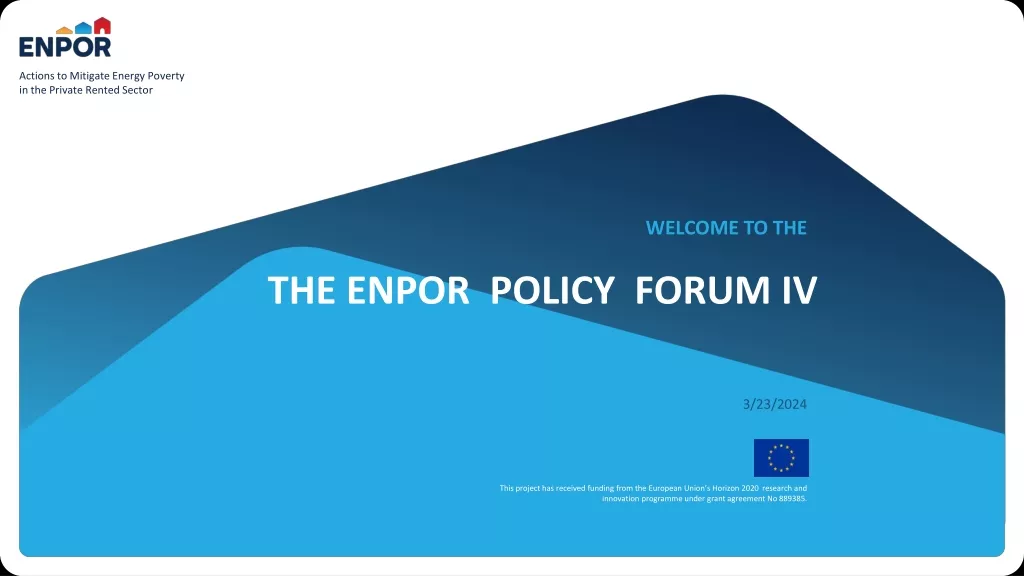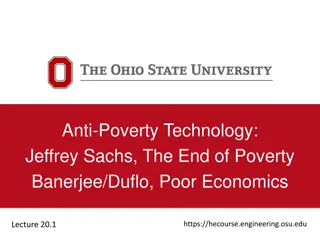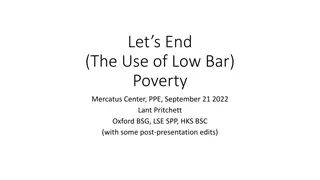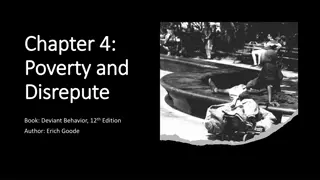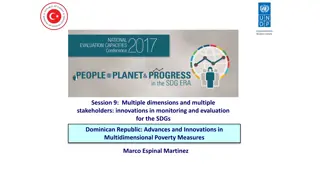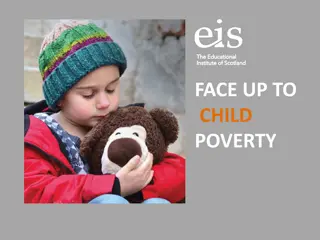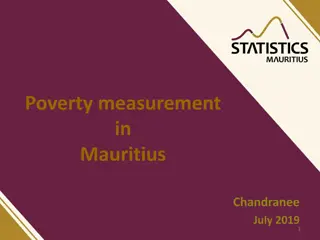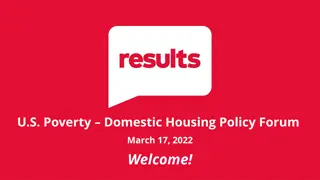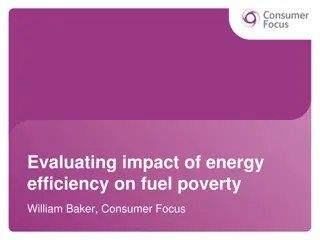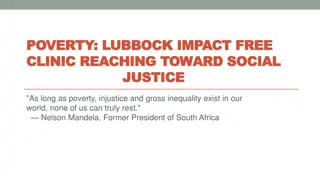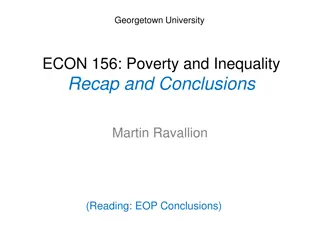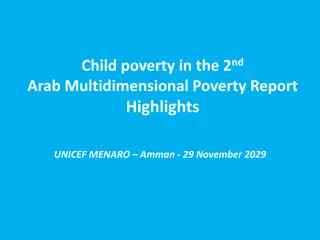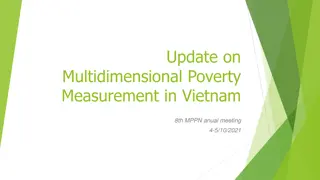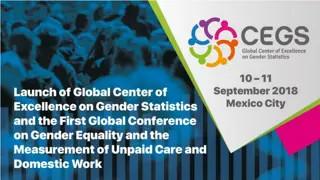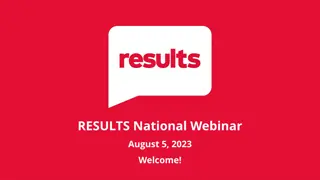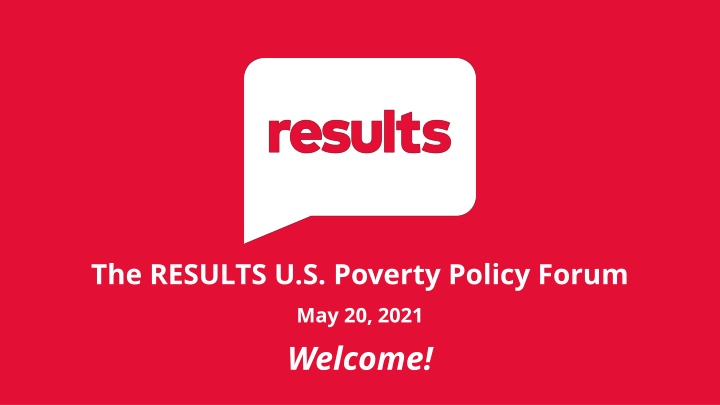
U.S. Poverty Policy Forum: May 20, 2021
Welcome to the RESULTS U.S. Poverty Policy Forum, where passionate individuals work to end poverty by addressing all forms of oppression. Learn about anti-oppression values, AAPI Heritage Month, and urgent anti-poverty policies needed in the U.S. Explore the challenges of housing unaffordability and instability, as well as the impact of rent increases on income disparities. Join the movement for positive change and equity in society.
Download Presentation

Please find below an Image/Link to download the presentation.
The content on the website is provided AS IS for your information and personal use only. It may not be sold, licensed, or shared on other websites without obtaining consent from the author. If you encounter any issues during the download, it is possible that the publisher has removed the file from their server.
You are allowed to download the files provided on this website for personal or commercial use, subject to the condition that they are used lawfully. All files are the property of their respective owners.
The content on the website is provided AS IS for your information and personal use only. It may not be sold, licensed, or shared on other websites without obtaining consent from the author.
E N D
Presentation Transcript
TheRESULTS U.S. Poverty Policy Forum May 20, 2021 Welcome!
2 Our Anti-Oppression Values RESULTS is a movement of passionate, committed everyday people. Together we use our voices to influence political decisions that will bring an end to poverty. Poverty cannot end as long as oppression exists. We commit to opposing all forms of oppression, including ableism, ageism, classism, colonialism, homophobia, racism, religious discrimination, sexism, transphobia, white saviorism, and xenophobia. At RESULTS we pledge to create space for all voices, including those of us who are currently experiencing poverty. We will address oppressive behavior in our interactions, families, communities, work, and world. Our strength is rooted in our diversity of experiences, not in our assumptions. With unearned privilege comes the responsibility to act so the burden to educate and change doesn t fall solely on those experiencing oppression. When we miss the mark on our values, we will acknowledge our mistake, seek forgiveness, learn, and work together as a community to pursue equity. There are no saviors only partners, advocates, and allies. We agree to help make the RESULTS movement a respectful, inclusive space. Find all our anti-oppression resources at: https://results.org/volunteers/anti-oppression/
3 May is AAPI Heritage Month Source: National Alliance to End Homelessness; https://endhomelessness.org/state-of- homelessness-a-look-at-race-and-ethnicity/ https://www.npr.org/2021/05/18/997847571/congress-passes-bill-to- counter-the-rise-in-anti-asian-hate-crimes
4 U.S. Poverty Asks Urge them to speak to leadership, urging them to focus on bold and long-term anti-poverty policies: Making 2021 EITC/CTC provisions permanent Rental assistance (likely via Housing Choice Vouchers) should be universal for all those who qualify with multi-year guaranteed funding
5 Housing Unaffordability + Instability Persist 33 - Percentage of adults living in households not current on rent or mortgage where eviction or foreclosure in the next two months is either very likely or somewhat likely 7.48 million - # of adults who are not current on rent or mortgage payments and who have slight or no confidence that their household can pay next month s rent or mortgage on time Source: US Census Bureau Household Pulse Survey In the 5 states and 27 cities, landlords have filed for 342,289 evictions during the pandemic. 4,912 evictions were filed last week. Source: https://evictionlab.org/eviction-tracking/ Source: https://www.census.gov/data/experimental-data- products/household-pulse-survey.html
6 Rent Increases + Incomes Out-of-Sync Sources: https://bit.ly/3hJHKut;https://www.jchs.harvard.edu/state-nations- housing-2020
7 Rent Burdened Pre-Pandemic + Racial Disparities Sources: https://bit.ly/3hJHKut;https://www.jchs.harvard.edu/state-nations-housing-2020; https://www.cbpp.org/research/housing/more- housing-vouchers-most-important-step-to-help-more-people-afford-stable-homes
8 Source: https://www.cbpp.org/research/housing/more-housing-vouchers-most-important-step-to-help-more-people-afford-stable-homes
9 Demand Congress To Expand Long-Term Rental Assistance Biden's Presidential Campaign: Universal HCVs Short-term rental assistance through American Rescue Plan Act Currently, HCVs funded via annual appropriations. Biden's FY2022 budget proposal called for 200,000 more vouchers. No additional expansion of rental assistance in Administration s recovery proposals
10 Expanding Rental Assistance Lifts Children Out of Poverty HCV expansion = lift 9 million people out of poverty Combined with EITC/CTC expansion = lift 20 million people out of poverty, cut poverty rate by half, cut child poverty rate by nearly 75 percent Source: https://bit.ly/3f1dE3F (Center on Poverty and Social Policy, Columbia University)
11 Tax credits for low-income workers and families should be expanded permanently. COVID relief makes temporary changes, so key to make permanent in a recovery package The Administration proposed to permanently increase the EITC for younger workers and others who are not raising children in their homes, along with making the CTC fully available to low- income families. But Administration proposal does not make full CTC expansion permanent we need to push Congress to do so! o We can pay for this by asking the wealthy and corporations to finally pay their fair share.
Anti-poverty potential of the American Families Plan Projected 2022 poverty rates with and without the American Families Plan The American Families Plan includes: Without the American Families Plan With the American Families Plan Expansion of subsidized childcare 18.0% 14.7% 16.0% An expansion of the CDCTC 23% 13.3% 14.0% A fully refundable Child Tax Credit ($3000/$3600) 47% 12.0% 10.2% 10.0% 7.8% An expanded Earned Income Tax Credit for childless workers 8.0% 6.0% 4.0% Expansion of Summer-EBT benefits 2.0% Expansion of the Pell Grant 0.0% U.S. Population Under 18 Based on: Collyer, Curran, Hartley, Parolin, Wimer (2021) Access all results at: https://www.povertycenter.columbia.edu/s/Poverty-Reduction- Analysis-American-Families-Plan-CPSP-2021.pdf
Anti-poverty potential of American Families Plan: CHILDREN CHILDREN Projected 2022 child poverty rates with and without the American Families Plan Without American Families Plan With American Families Plan 30.0 24.3% 25.0 21.8% 20.0 14.7% 15.0 % 12.8% 12.2% 12.2% 8.8% 10.0 7.8% 7.6% 4.1% 5.0 0.0 Asian Black Hispanic White Under 18 (all) *Note: projections are approximate; estimates of potential anti-poverty impact for children across racial and ethnic groups using pre-pandemic data also available see Table A1. on pg. 6 of https://www.povertycenter.columbia.edu/s/Poverty-Reduction-Analysis-American-Families-Plan-CPSP-2021.pdf
For impacts of CTC expansion specifically (using pre-pandemic data), see our January 2021 American Family Act fact sheet Poverty impacts by children s age, family type, disability status, race/ethnicity at 50% SPM, 100% SPM, 200% SPM and across all states Please reach out with data questions and potential requests for analysis: megan.curran@columbia.edu ***IMPORTANT NOTE*** Our poverty projections assume full take-up of the CTC; results represent what is possible if all who are eligible receive it. To achieve these poverty reductions, access remains key!
15 Impact of expanding CTC
16 Now is the time to be bold.
17 Now is the time to be bold. Opportunity to secure large-scale policies that: o Dramatically reduce child poverty o Start to address racial inequities Why is it key for members of Congress to speak to Leadership? o While primary negotiations are focused on bipartisan infrastructure legislation, conversations happening in next few weeks about their recovery priorities o As Congress moves large-scale legislation, key that Congressional leaders/negotiators their peers care about poverty and equity Also key to build long-term bipartisan support for these policies
18 Action Resources Main Resources o Monthly Action Sheets: https://results.org/volunteers/monthly-actions/ o Lobby Resources: https://results.org/volunteers/lobbying/ o Laser Talks: https://results.org/volunteers/laser-talks/ o Lobby Report Form: www.tinyurl.com/RESLobbyReport U.S. Poverty Resources o Census Household Pulse data https://www.census.gov/data- tools/demo/hhp/#/?measures=EXR o State housing data https://nlihc.org/housing-needs-by-state o Columbia University poverty data on expanding CTC: www.tinyurl.com/ColumbiaCTC and expanding HCVs with CTC: www.tinyurl.com/ColumbiaHousingCTC
19 May U.S. Poverty Action On the heels of your amazing lobbying during the First 100 Days, generate media in support of bold housing and tax policies as part of economic recovery. Submit letters to the editor and op-eds urging Congress to expand rental assistance and to make the EITC and CTC provisions permanent. The May 2021 U.S. Poverty Action has template LTEs and other resources at: https://results.org/volunteers/monthly-actions/
20 RESULTS International Conference June 12-13, 2021 Interactive online event Exciting speakers Advocacy skill & issue workshops Coordinated Advocacy Week, June 14-18 Register today! results.org/conference Please register today if you plan to participate in Advocacy Week
@RESULTS_Tweets /RESULTSEdFund www.results.org @voices4results
22 Suggested Housing Talking Points Key data Rents + Home Prices in your neighborhood Rent Affordability / Rent/Mortgage Burdens Importance of housing stability including your own story! Evictions Homelessness
23 Visual: Previous CTC TCJA = 2017 tax law (passed via budget reconciliation) Flat here since families under $2,500 in income do not get any CTC
24 Child Tax Credit changes key
25 Visual: Expanding CTC
26 Visual: Expanding EITC
A Trump-era tax break reduced the top corporate tax rate from 35 percent to 21 percent. Make Corporations Pay Their Fair Share This tax cut deprived the country of needed revenues an estimated $200 billion annually It benefited wealthy (mostly white & male) shareholders instead of low- income workers. The American Jobs Plan proposed raising the corporate tax rate and closing other corporate tax loopholes.
Make Wealthy Individuals Pay Their Fair Share Trump-era tax cuts lowered the top tax rate from 39.6 percent to 37 percent The top rate only applies to the very wealthiest people who are disproportionately white and male. As the top tax rate goes down, income inequality gets worse The American Families Plan proposes restoring this tax rate.
Tax Income From Wealth Like Income From Work Wealthy people receive a significant amount of their income from their wealth selling assets like boats, stocks, and businesses not from working. This income is taxed at a lower rate (20 percent at most). Wealthy people can delay paying these taxes and sometimes avoid paying them entirely. Women and people of color are more likely to receive income from working and have less wealth--and so benefit from this tax break less. The American Families Plan includes raising tax rates on capital gains on households making over $1 million & ending the "stepped up" basis loophole.
Tax Inheritance Meaningfully Trump-era tax breaks made the estate tax much less effective in 2018, only .06 percent of estates were taxed. Inheritance plays a huge role in wealth disparities. It accounts for 40 percent of all wealth! The estate tax is a powerful took for leveling the playing field between those who inherit wealth (disproportionately white families) and those who rely on income from labor (disproportionately people of color).
IRS funding has been slashed by a third in recent years, decreasing tax enforcement against corporations and the very rich. Enforce Tax Laws Against the Rich & Powerful Many wealthy individuals and corporations are able to avoid paying their taxes at all. This causes (at least) a $600 billion loss in revenues a year revenues that could have been invested in women & families. The American Families Plan would increase IRS funding to boost enforcement against those with the highest incomes.
32 Questions?

